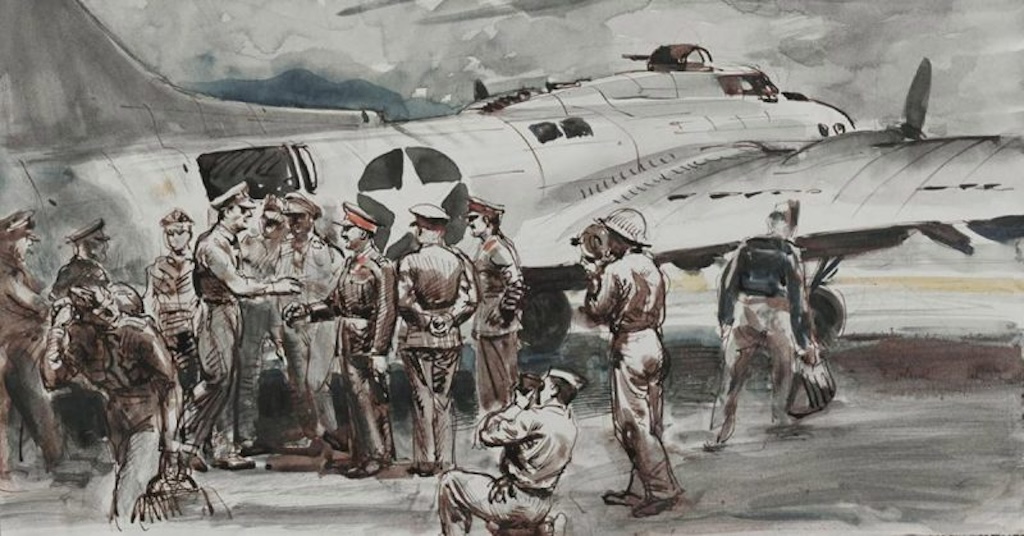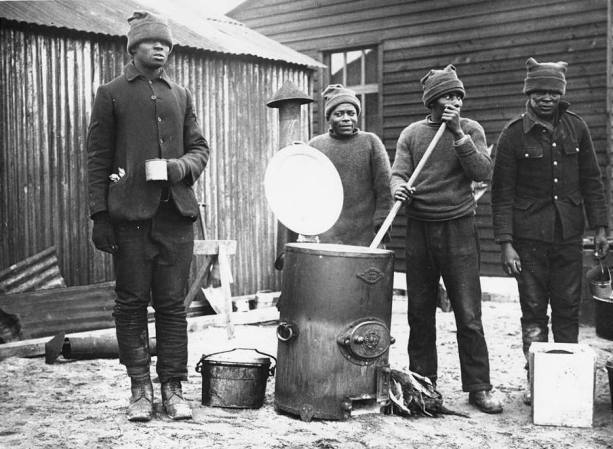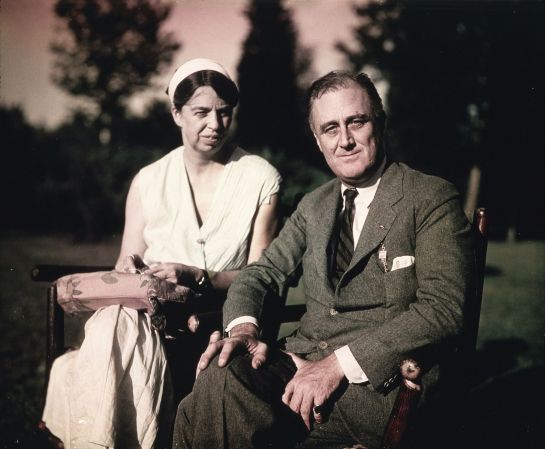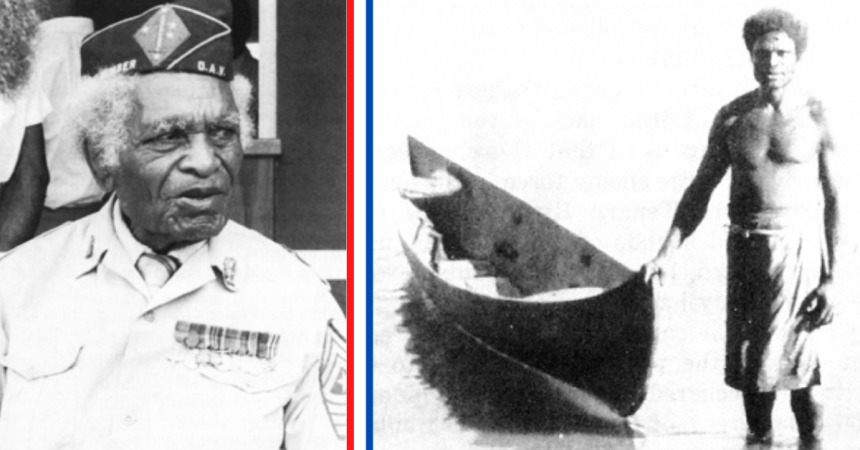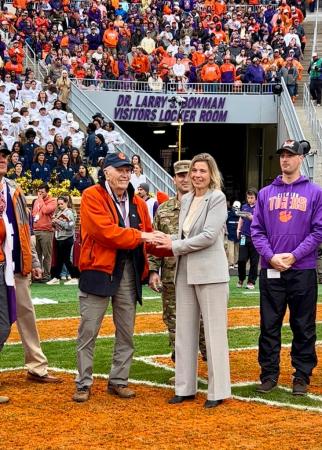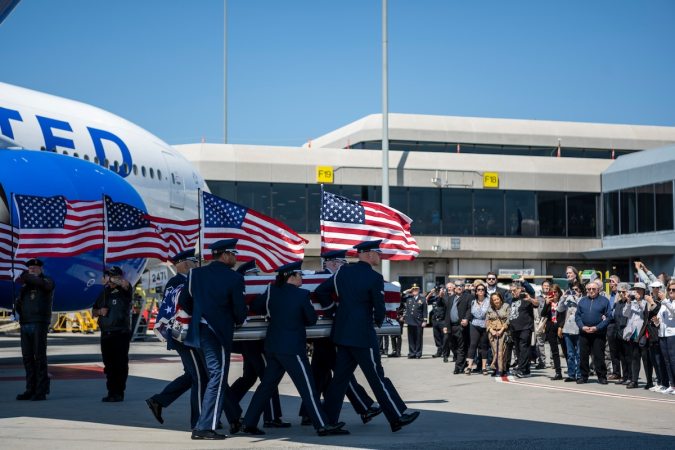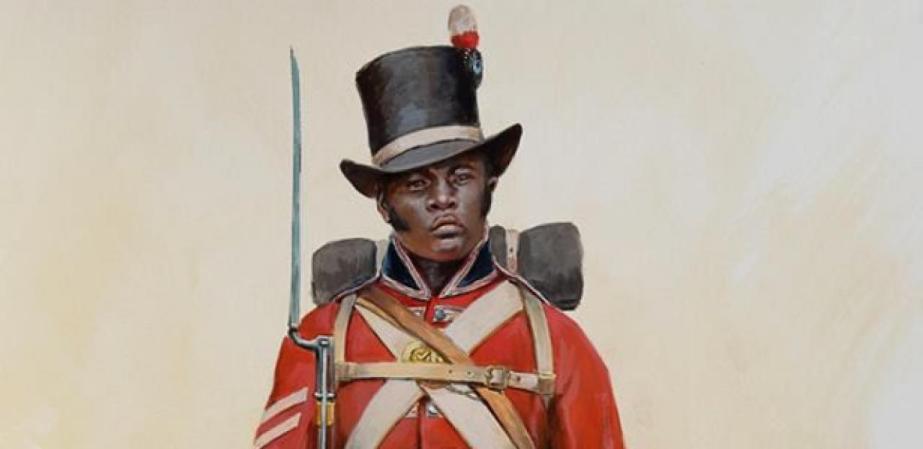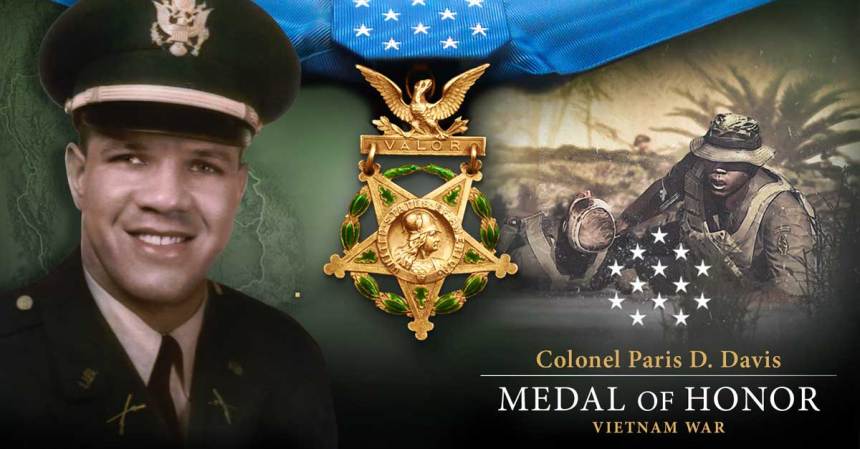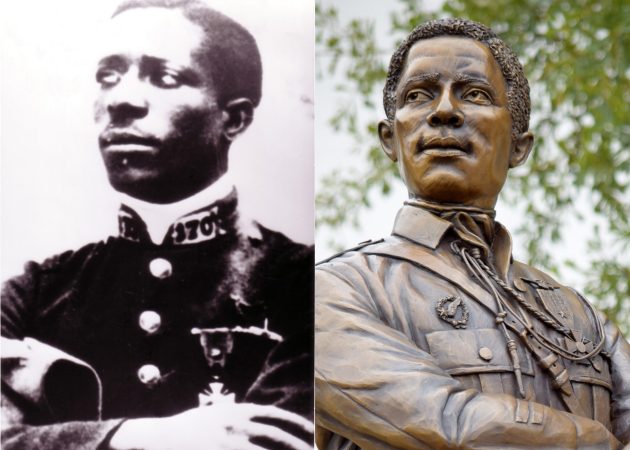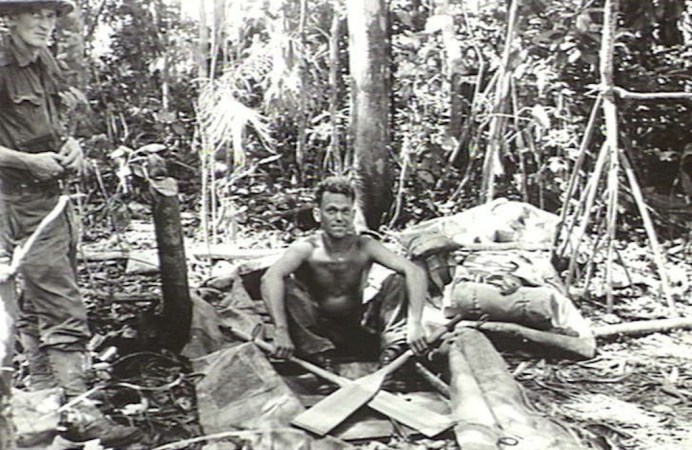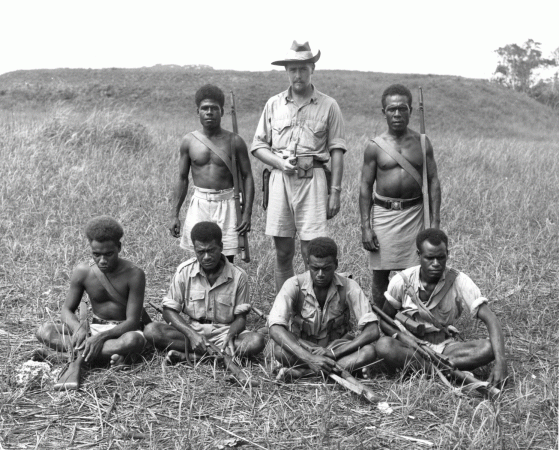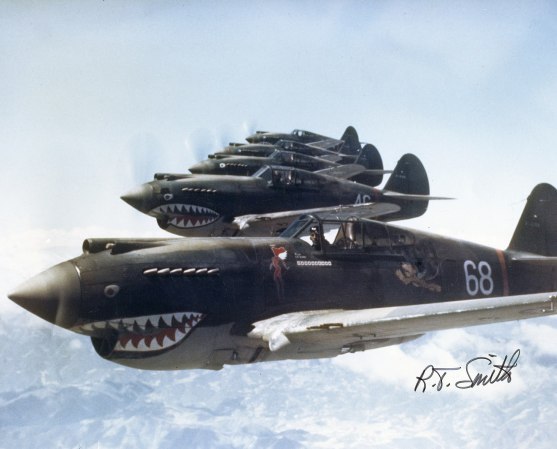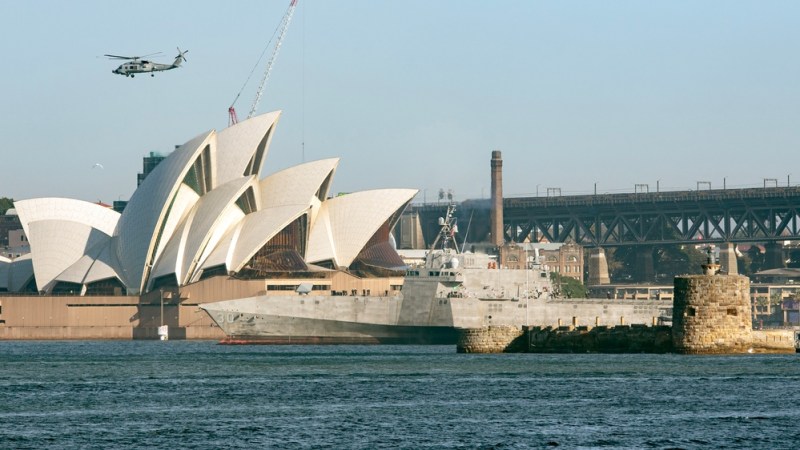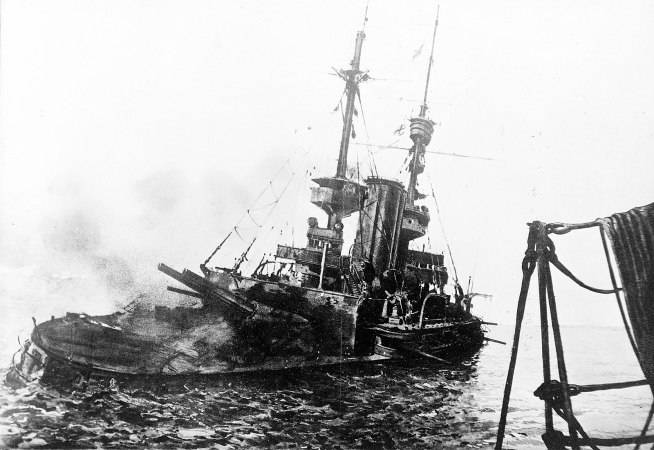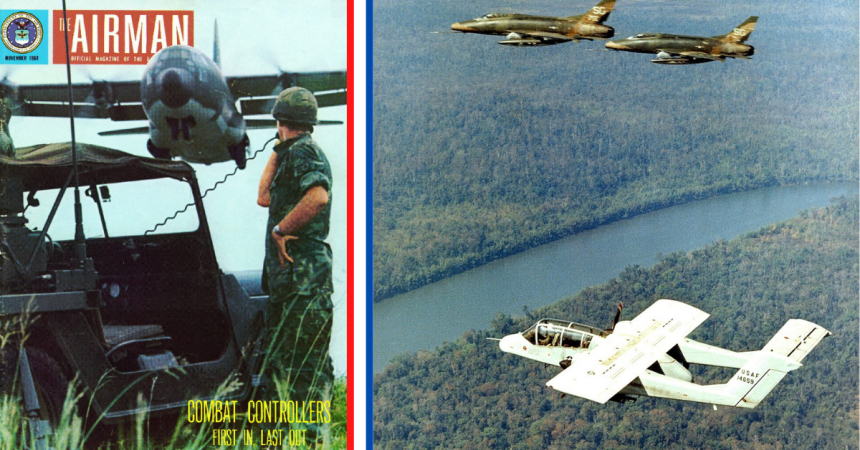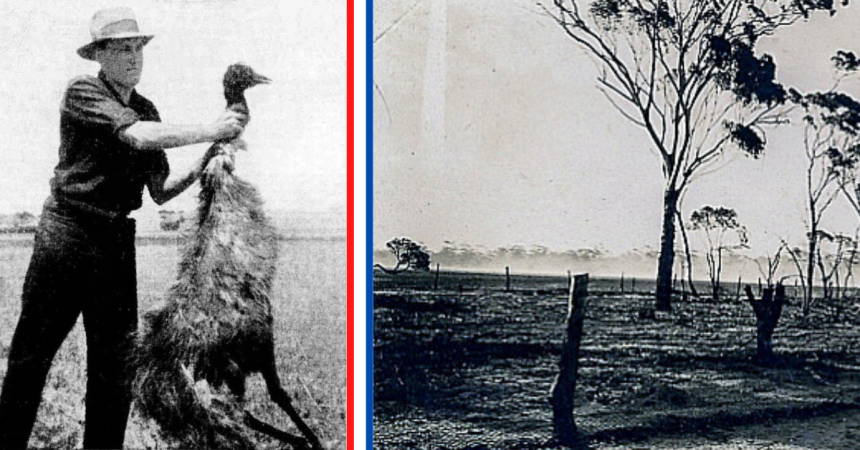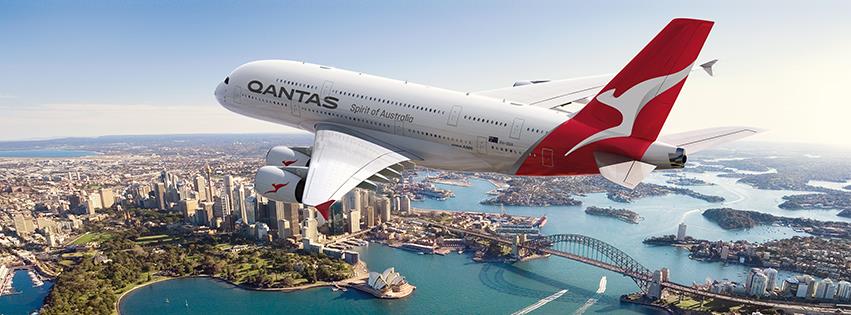As far back as 1908, when the Australian Prime Minister invited the U.S. Navy’s Great White Fleet to stop in Australia during their world tour, the U.S. and Australia have been military allies for over one hundred years.
In World War I, soldiers of the American Expeditionary Force’s II Corps served with Australians, New Zealanders, and Canadians as part of the British Fourth Army, which spearheaded the Allied Hundred Days offensive that began in the British sector with the Battle of Amiens and ended with the Armistice in November 1918. The British high command considered the soldiers from their far-flung empire as some of their toughest troops, so it made sense to put the “Johnny come lately” Americans alongside them for an offensive campaign.
The commander of the American Expeditionary Force, General John J. Pershing, had resisted British and French attempts to simply feed American soldiers into their armies in order to first stop the Imperial German forces, and then defeat them to end the horrific, four-year-long war. With high percentages of American diggers and doughboys having Irish and German heritage, there is some evidence that putting soldiers from countries that had immigrant populations together made the best sense.
When the British Commonwealth declared war on Nazi Germany after Hitler’s unprovoked attack on Poland in 1939, once again Australian soldiers set sail for the Mediterranean to fight against Germany and fascist Italy. Like their fathers and grandfathers, along with their New Zealand neighbors, they once again formed the ANZAC army and began fighting in the Middle East and North Africa. The ANZACs soon regained their World War I reputation as some of Britain’s best soldiers, holding out during the German siege of the key Libyan port of Tobruk.
When Japan entered World War II late in 1941, the Australian homeland was left weakly defended with many of its soldiers, airmen, and navy ships in North Africa. Realizing they would be unable to hold the Philippines, American military units headed toward Australia to prevent Imperial Japanese forces from capturing New Guinea, just a few sea miles from Australia’s northern coast. Americans and Australians fought side by side against the forces of Imperial Japan, on land, air, and sea, throughout the southwest Pacific.
Soon, Australia became a vital, safe rear area base for American Naval operations. An American submarine fleet operated out of Freemantle, on the remote western Australian coast. From this secure base, and in cooperation with Royal Australian Navy submarine forces, Japanese merchant shipping was devastated by concentrated submarine attacks. Since Japan’s war machine relied on raw materials coming in from conquered territories in Southeast Asia, this naval campaign did much to shorten the war.
During the 1950-53 Korean War, Australia sent ground, sea and air forces to Korea, as part of the British Commonwealth military effort under the United Nations.

It was during the Vietnam War that U.S. and Australian Forces once again worked as closely as they had in World War II. Great Britain and many other Commonwealth nations declined to get involved militarily in the Vietnam conflict, however, Australia was with the U.S. from the very beginning in the early 1960s. While forces from New Zealand participated for many years, Australia provided the third largest force during Vietnam, after the Republic of Korea. Due to Australia’s military experience with a communist insurrection in the British Commonwealth country of Malaysia throughout the late 1940s and into the 1950s, Australian forces were more effective in their area of operation during the Vietnam War. Many U.S. Army leaders attempted to implement Australian doctrine and tactics in their own operations, but U.S. high-level command never deviated from their basic European Theater Cold War strategy. Both nations withdrew from Vietnam in 1973.
The Royal Australian Navy provided the largest contingent of forces as part of the Coalition during the 1991 Gulf War. Along with medical units, small, specialized teams from the Australian Army and Royal Australian Air Force deployed to Saudi Arabia at that time, however, only exchange officers serving with British and American units are thought to have been the only Australians to see active ground and aerial combat during the war. Immediately after the cessation of hostilities, Australian forces deployed to provide medical and humanitarian assistance to the Kurdish people in northern Iraq.
At the present time, as a part of the trilateral security agreement between Australia, the United Kingdom, and the United States (AUKUS), Australia is the main U.S. ally in the Pacific. Under AUKUS, Australia is actively working to deter Communist Chinese aggression in the South China Sea, especially in the delicate coordination of naval forces of former adversaries and enemies such as Japan, Korea, and Vietnam along with the navies of interested Western democracies.


